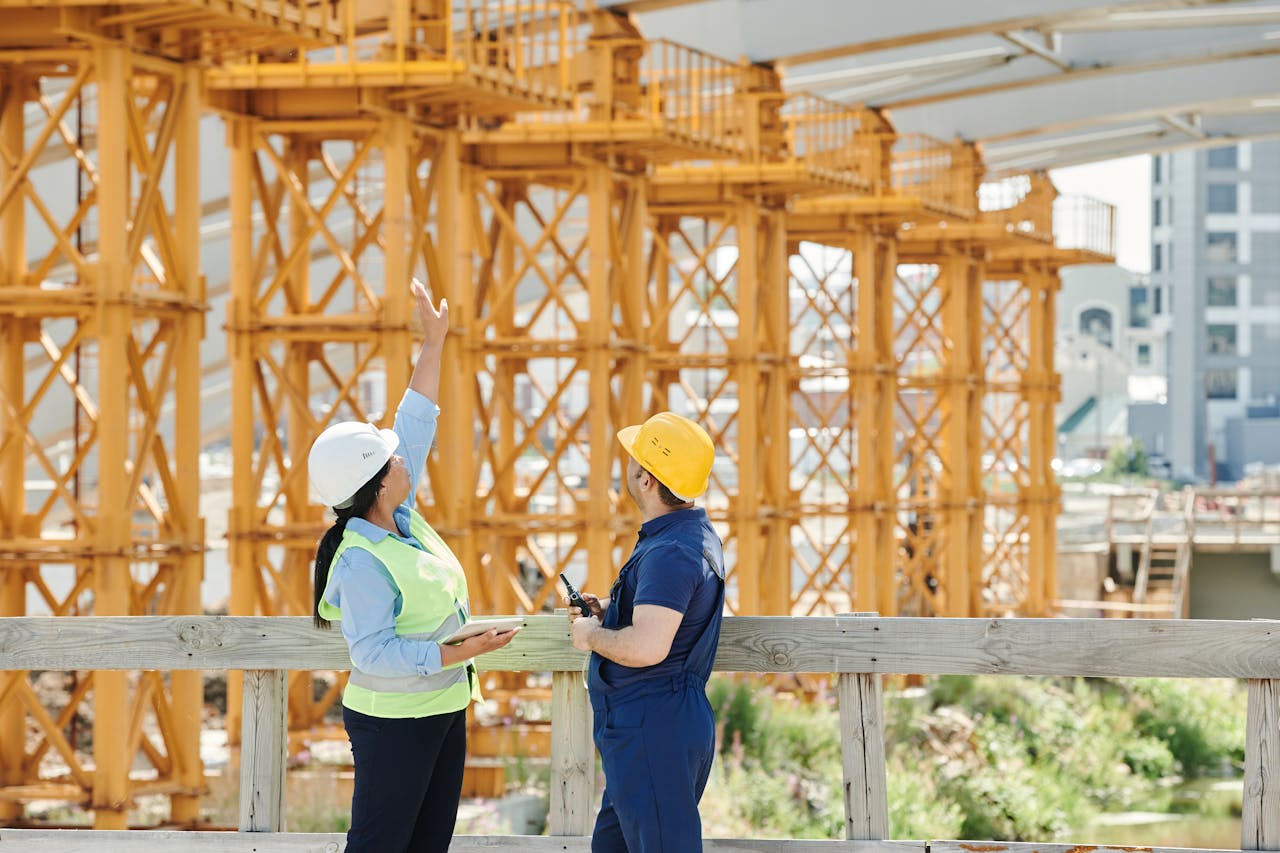As climate needs grow more urgent, several sectors, including construction, are finding ways to minimize waste and environmental harm. Zero-waste construction is a comprehensive approach that allows companies to maximize efficiency, while ensuring sustainability.
The Construction Industry and Waste
The global construction and demolition industry uses a lot of natural resources and has a massive environmental impact. Currently, the industry accounts for 40% of the world’s energy consumption and 36% of carbon dioxide emissions.
In many regions, much of this waste — which includes concrete, metal, wood and plastic — ends up in landfills instead of being reused or recycled. Concrete alone is a massive contributor to this issue. It takes up a lot of space and its decomposition can take decades, making it a significant environmental pollutant.
Understanding Zero Waste and Zero-Waste Construction
Zero-waste principles have made their way across environmentally conscious circles for a while. Regardless of its application, it usually follows similar principles:
- Refuse resources you don’t need.
- Reduce the number of items used at any stage or aspect of production.
- Reuse resources or equipment and extend their life cycle.
- Recycle viable resources or properly dispose of items at the end of their life.
- Rot or compost organic waste, or transform other types of waste into fuel or other resources.
Zero-waste construction is an approach that rethinks the entire building process to create as little trash as possible, ideally zero. While recycling and reusing can be helpful, zero-waste construction aims to prevent waste from forming in the first place.
For example, one way construction companies practice zero-waste principles is through recycling concrete into aggregates, which companies can use in future projects. Concrete is responsible for 97% of construction emissions, so finding ways to extend its useful life can drastically reduce its environmental impact.
Strategies for Implementing Zero-Waste Construction
Shifting to a zero-waste approach requires commitment and coordination to ensure each step in the construction process minimizes waste generation and promotes efficiency. Here’s how you can do it:
Designing and Planning for Zero Waste
Waste-free construction starts on the drawing board. Architects and engineers can make a significant impact by choosing modular or adaptable designs, standardizing material sizes and planning for future reuse or disassembly. Digital modeling tools are now available to predict waste before it happens, ensuring every piece of material serves a purpose.
Sustainable Material Selection and Management
Choosing renewable or recycled materials is one way to reduce waste. Materials like recycled concrete and reclaimed wood are durable and are becoming more available. Efficient material management, such as the precise ordering of materials and proper on-site storage, helps prevent damage and waste.
Streamlined Construction Practices
Efficient construction means less waste and lower costs. For example, prefabrication can reduce material offcuts and on-site errors since the assembly of components occurs in controlled environments. Conducting regular waste audits also helps teams identify the types and quantities of trash generated on the construction site. This way, teams can create tailored and more effective management strategies.
Proper Waste Management and Recycling
Even with careful planning, some waste is inevitable in construction. However, it doesn’t have to go to landfills or pollute the environment. Clear waste segregation systems, and partnerships with recycling facilities and government agencies, ensure efficient material recovery.
For example, Sweden has created an interim objective to reduce waste in the construction sector. It aims to ensure that by 2025, at least 70% of nonhazardous construction and demolition waste is reused, recycled or recovered.
Adequate Staff Training
Achieving zero-waste goals lies in people’s efforts. Workers should understand how to handle materials efficiently, manage waste and follow sustainability practices. Research shows 69% of employees want their companies to invest in sustainability efforts. You can strengthen this commitment through regular workshops, clear communication and follow-ups.
Building Better
Zero-waste construction sets a new standard for sustainable building. Every choice, from design to disposal, helps conserve resources and reduce environmental impact. All projects leave a mark on the environment, but sustainable practices make it a positive one.
The post The Zero-Waste Construction Site: A Blueprint for a Greener Build appeared first on Biofriendly Planet | For a Cooler Environment.
Source link
Ellie Gabel biofriendlyplanet.com

